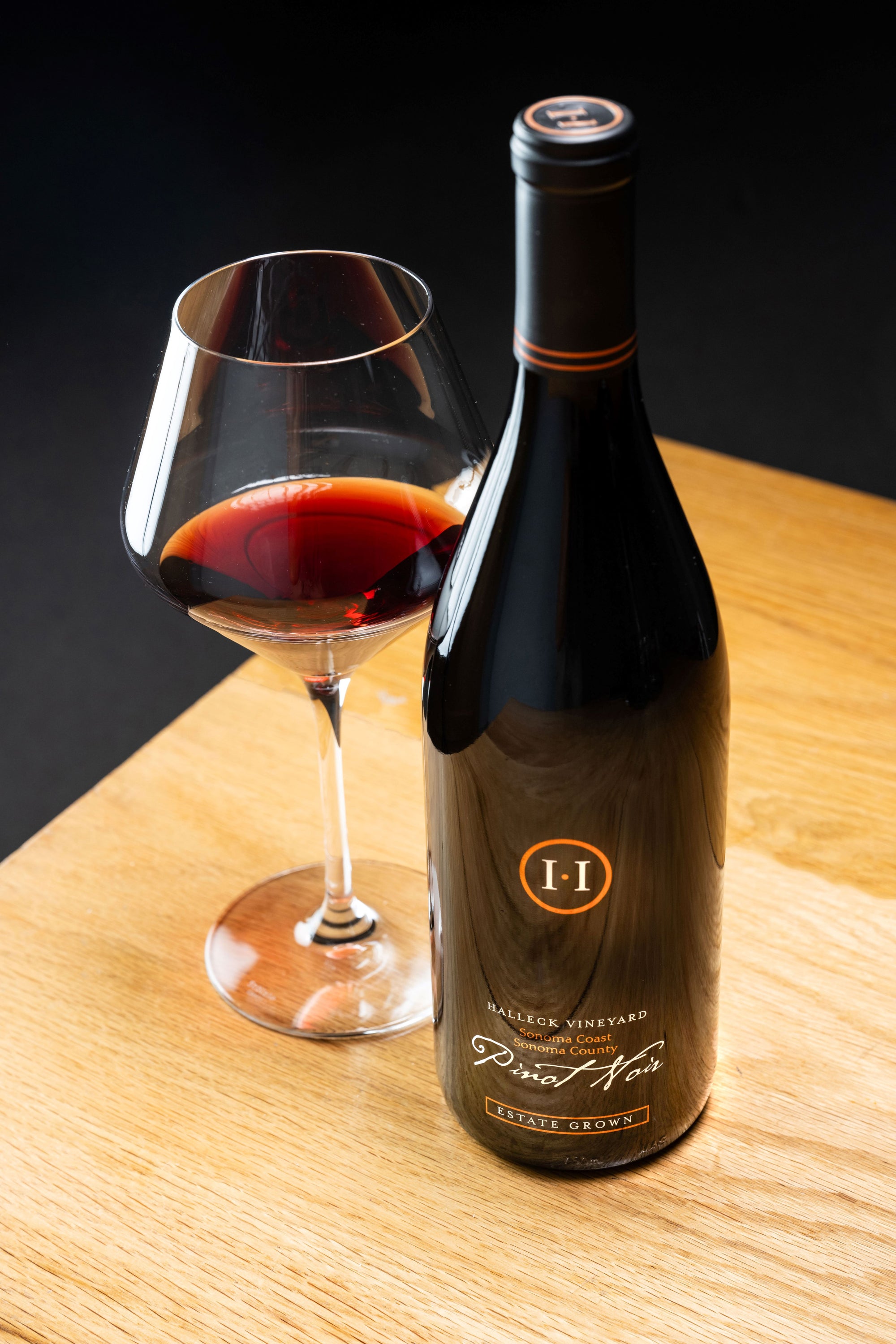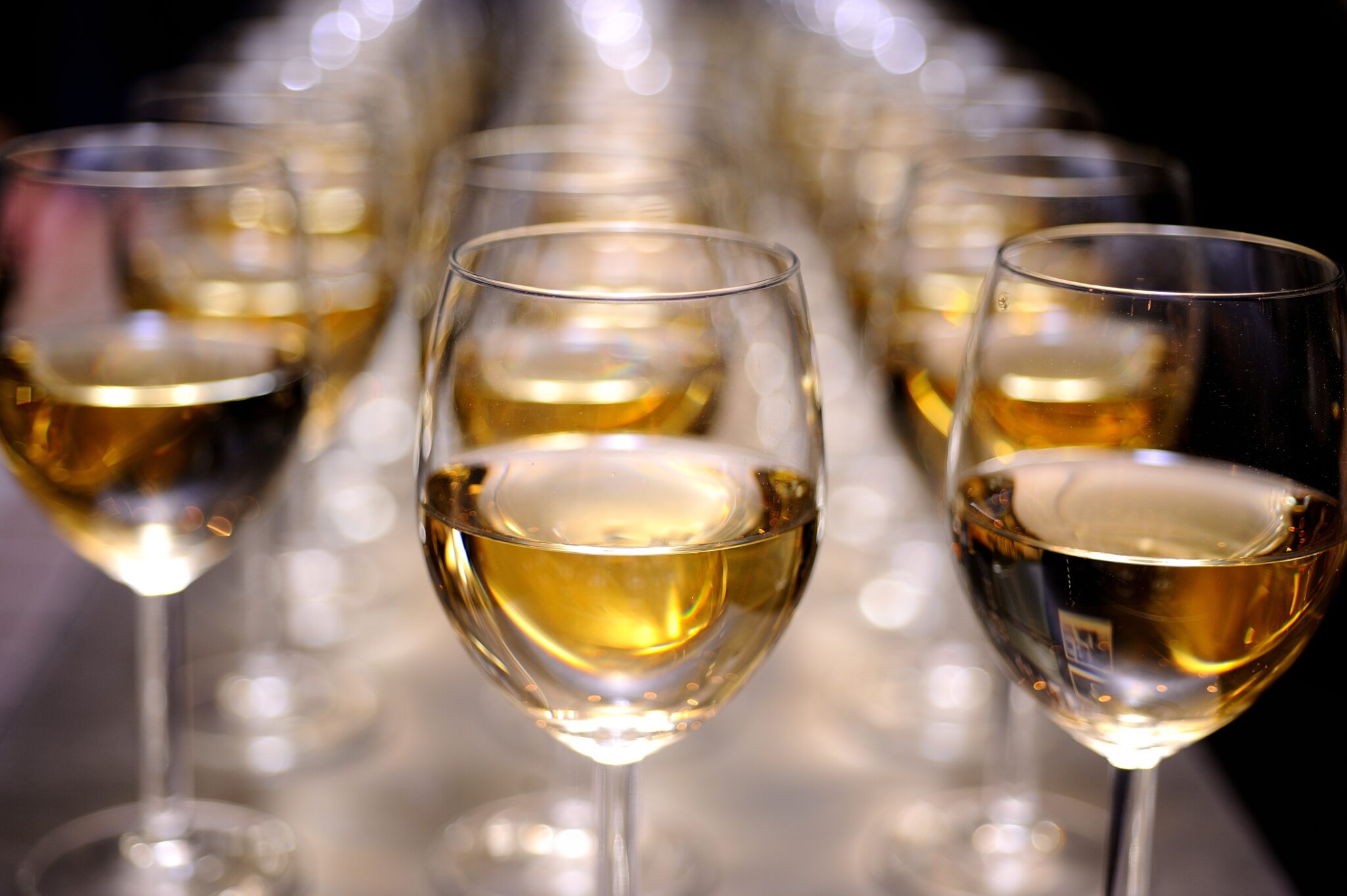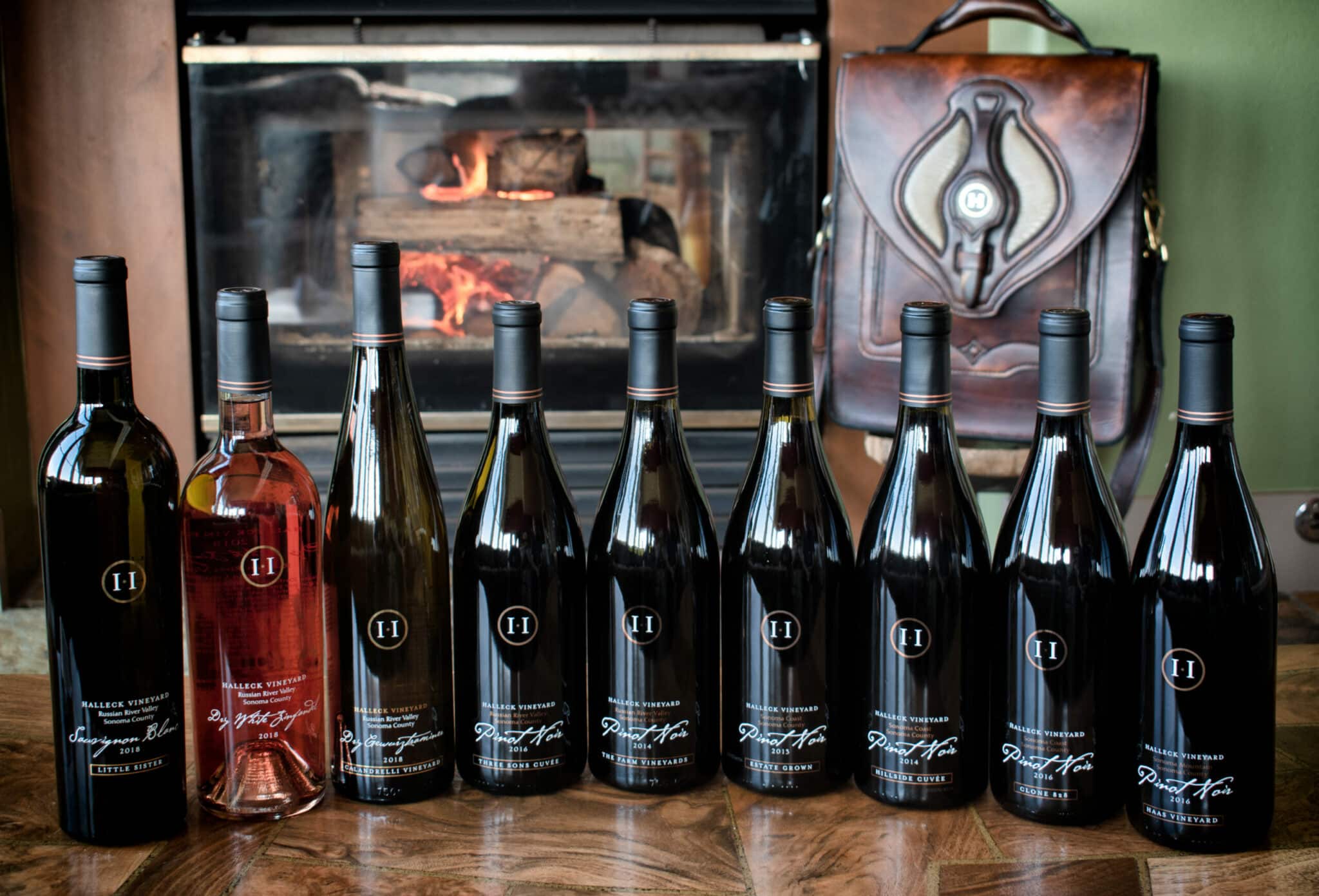Wineries Producing Pinot Noir And Chardonnay - Tasting Rooms In Sebastopol
Wine tasting is an art that combines sensory experience with an appreciation for the nuances of various varietals. How to judge flavors in winery wine tasting periods is pivotal to greedy the complexities of wine.
Participating in a wine tasting includes greater than simply sipping and savoring. It requires a centered approach to establish aromas and flavors that every wine presents. As you begin, observe the wine's appearance, noting its colour and clarity. These visible cues often counsel a wine’s age, grape variety, and even potential flavor profiles.
The subsequent step in the tasting course of is to swirl the wine in your glass. This motion releases fragrant compounds which may be very important for evaluation. Lean in and take a moment to inhale deeply; the aromas can range from floral and fruity to spicy and earthy. The nostril of the wine is just as essential as the palate, and recognizing scents performs a significant function in understanding the general experience.
When taking your first sip, permit the wine to move throughout your palate - Vineyard Picnic Spots In Sonoma Valley. Discover the initial flavors that current themselves. Is the wine fruity, floral, or perhaps herbaceous? This initial style provides perception into what the wine is prone to express as you continue to judge it. The mouthfeel also contributes to the overall flavor experience; it may be silky, tannic, and even effervescent.
Wineries That Offer Dog Friendly Areas - Sonoma Vineyards For A Perfect Day Out
As you continue tasting, pay attention to the wine’s stability. A well-balanced wine will harmonize acidity, sweetness, and tannins. If one part overwhelms the others, it might indicate a much less desirable quality. Evaluating stability can help you establish how nicely the wine may pair with food.
Transitioning to the finish, contemplate how the flavors evolve because the wine lingers on your palate. A long, pleasant finish can point out a high-quality wine, while a short or abrupt end may suggest in any other case. Reflect on whether or not the flavors stay consistent or if new notes emerge because the wine settles. This development can reveal complexities and intricacies that may not have been obvious in the initial tasting.
Temperature can also be an important think about evaluating wine flavors. Different forms of wine are optimally loved at particular temperatures. White wines usually shine when chilled, while pink wines usually perform best at room temperature. When tasting, make positive the wine is at the applicable temperature to completely recognize its character.
Wineries With Sustainable Practices - Wine Tasting At Sonoma Vineyards
Pairing food with wine can significantly enhance the tasting experience. Foods can influence the notion of flavors in wine, either highlighting sure characteristics or diminishing them. When evaluating flavors, think about how the wine interacts with completely different meals, noticing which flavors are amplified or muted (Wineries With Outdoor Seating).

Think About the influence of terroir as you have interaction in a winery tasting. Terroir encompasses the unique environmental components that have an effect on grape rising, including soil composition, climate, and geography. Understanding a wine's terroir can present perception into its flavors and aromas, fostering a deeper appreciation for the choices made during its cultivation and production.
Education plays a fundamental role in enhancing one's capability to evaluate wine flavors. Studying about grape varieties, wine areas, and manufacturing methods can pave the finest way for web extra informed judgments throughout tastings. Moreover, attending workshops or classes can refine sensory skills and expand your flavor vocabulary, enabling you to articulate tasting notes more successfully.
Finally, it is essential to keep in thoughts that evaluating wine flavors is a extremely personal experience. Individual preferences and perceptions will invariably form one’s tasting journey. Enjoyment must be at the forefront, with the evaluation process acting as a tool to boost understanding and appreciation quite than create rigid guidelines.
Wineries Offering Educational Wine Seminars - Enjoying Wine Tastings And Vineyards Near Sebastopol
In conclusion, mastering how to consider flavors in winery wine tasting classes involves a mixture of sensory engagement, data, and practice. By studying to identify aromas, assess the stability, and recognize the intricacies of flavor, wine enthusiasts can deepen their connection to every bottle they encounter. As with any art type, the extra one immerses themselves within the experience, the extra they will uncover and enjoy the vast world of wine.
- Begin by observing the wine's colour and readability, as these visual parts can trace at its flavor profile and aging potential.
- Swirl the wine gently in your glass; this releases fragrant compounds, permitting you to better identify the advanced scents related to the wine.
- Take a deep inhale earlier than tasting, specializing in both major and secondary aromas to assemble insights on fruits, spices, and other nuances.
- When tasting, allow the wine to coat your palate; note the preliminary flavors, the mid-palate complexity, and the end as these stages can present different flavor highlights.
- Pay attention to texture and mouthfeel, as elements such as tannin levels, acidity, and sweetness contribute significantly to the overall tasting experience.
- Compare flavors towards normal wine characteristics; for red wines, contemplate berry notes, oak influence, and herbal tones, whereas whites might embody citrus, stone fruits, and floral hints.
- Take notes during the tasting session to trace your impressions, helping you to remember and evaluate the totally different wines sampled.
- Focus On your findings with fellow tasters or winery workers, as sharing insights can improve understanding and appreciation of particular person flavors.
- Permit time for the wine to breathe; sometimes, flavors evolve and reveal new dimensions after being uncovered to air.
- Experiment with food pairings in the course of the tasting as they'll dramatically alter how flavors are perceived, influencing total enjoyment.undefinedWhat ought to I search for when evaluating the aroma of wine throughout a tasting?
Begin by swirling the wine in your glass to release its aromas. Bring the glass to your nose and take a deep breath. Pay consideration to the primary scents you detect, as these are sometimes the most prominent. Look for fruit, floral, herbal, or earthy notes and attempt to determine particular traits, which will deepen your understanding of the wine's complexity.
Wineries Promoting Sustainable Farming - Sonoma's Finest Wineries

How can I distinguish between totally different flavor profiles in wine?
Understand that flavor profiles are often categorized as fruit, floral, herbaceous, spicy, or mineral. Take small sips and permit the wine to straight from the source coat your palate. Notice the first flavors that emerge first and the subtle notes that comply with. This layering is crucial in distinguishing the wine's traits and will assist you to appreciate its distinctive profile.
Charming Wineries With Views In Sonoma Valley - Sebastopol's Best Wine Trails
What is the significance of the wine's texture in a tasting?

The texture of the wine, also referred to as mouthfeel, plays a crucial function in how we perceive flavors. Pay attention as to if the wine feels smooth, creamy, or gritty. The body of the wine (light, medium, or full) can improve or distinction with flavors, providing a extra rounded experience during tasting.
How do I assess the stability of flavors in wine?
Steadiness in wine refers to the harmony between acidity, sweetness, tannin, and alcohol. Take a second to assess whether these parts complement or interfere with one another. A well-balanced wine will have none of its elements overpowering the others, creating a nice tasting experience.
Wineries That Offer Dog Friendly Areas - Sebastopol Area Wine Tasting
What role does temperature play in evaluating wine flavors?
Temperature can considerably influence the notion of flavors. Typically, pink wines are best served barely under room temperature, while white wines get pleasure from being chilled. As the temperature modifications, the aromas and flavors can shift, permitting you to understand different characteristics. It’s important to taste wine at its optimum temperature for true evaluation.
Vineyard Tours With Guided Tastings In Sonoma - Wineries With Outdoor Tastings In Sebastopol
How can I enhance my tasting skills over time?
Practice is key to enhancing your tasting skills. Wineries Offering Off The Beaten Path Experiences. Attend tastings, maintain a journal of your experiences, and explore different varieties of wines to broaden your palate. Moreover, learning about wine production and grape varieties can present context that enhances your evaluation process, making you a more informed taster.
Is there a particular order during which I should taste the wines?
Wineries Offering Elegant Wine Tastings - Exploring The Vineyards In Sonoma County
Sure, it’s advisable to style wines from light to full-bodied and dry to sweet. This progression prevents the stronger flavors from overshadowing the extra delicate ones, permitting you to completely appreciate every wine's traits and nuances without palate fatigue.
How can I evaluate the aftertaste of wine?
Wineries With Live Music Events Occasionally - Best Winery In Sonoma For Quality Wine
The aftertaste, or finish, is a crucial facet of the wine-tasting experience. After swallowing, pay attention to how long the flavors linger on your palate and whether they change. A lengthy, pleasant end is commonly an indicator of a high-quality wine, while a short or disagreeable end might counsel in any other case.
Why is it important to notice the wine’s acidity throughout tasting?
Acidity contributes to the overall freshness and construction of the wine. Pay attention to the tingling sensation on your tongue; larger acidity can enhance the wine's liveliness and steadiness out sweetness. Noting acidity helps decide the wine's versatility with food and its growing older potential.
What ought to I do if I battle to identify particular flavors in wine?
Wineries In Green Valley - Sonoma Wine Tastings
Struggling to establish flavors is common, particularly for novices. Focus on broader categories and describe what you can recognize, such as candy or earthy notes. With practice, reading about different flavor profiles, and perhaps utilizing flavor wheels, you will refine your senses and develop a extra nuanced strategy to tasting.